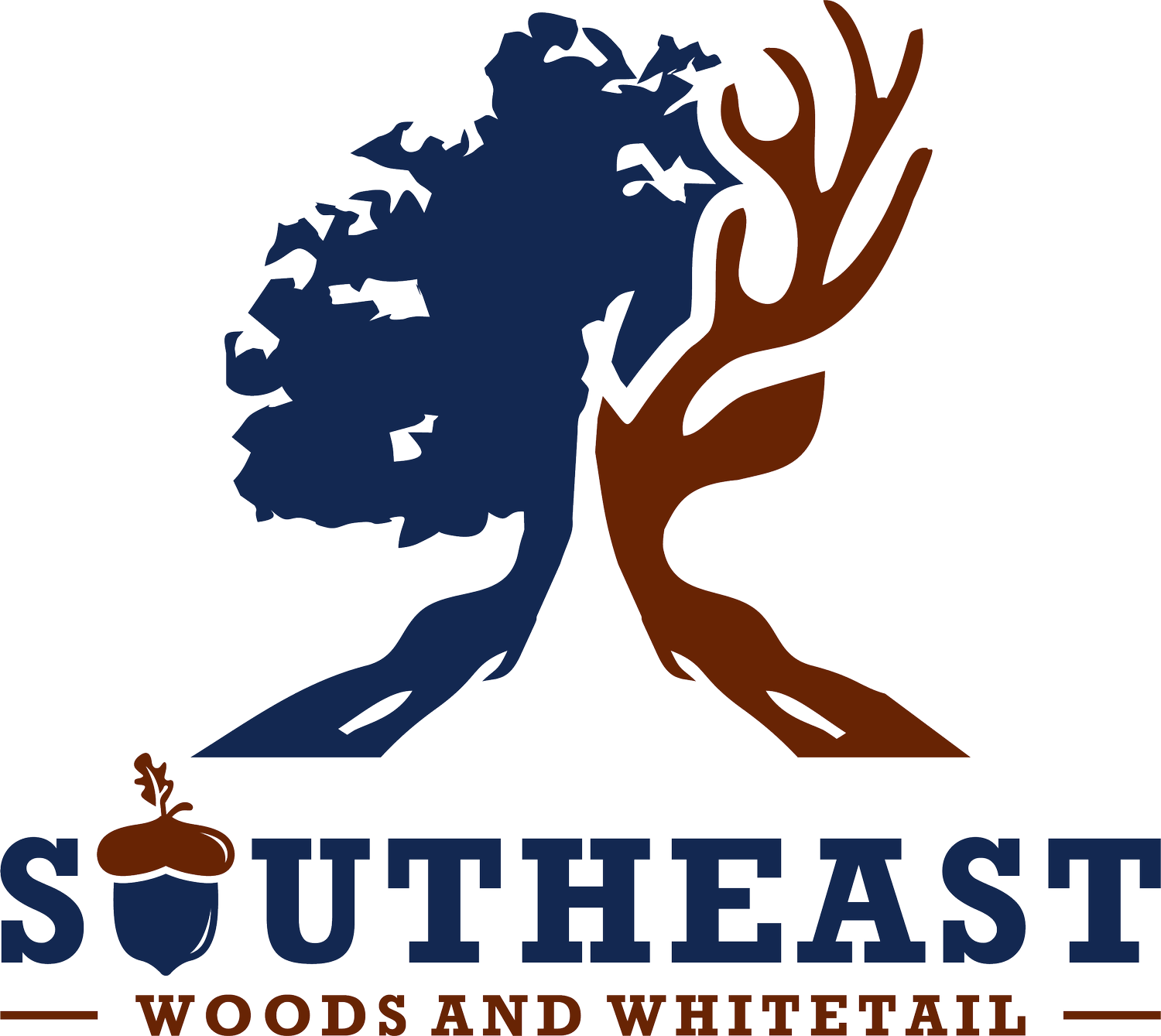Enhance Your Land: Boost Whitetail Habitat with Better Edges
Improving Your Land's Edge Habitat for Whitetail Deer
Edge habitat is one of the most critical elements for whitetail deer and overall wildlife management. If your property lacks these productive transition zones, you may be missing out on opportunities to attract and hold deer. Here, we’ll break down what edge habitat is, why it’s essential for deer, and practical steps you can take to enhance it on your property.
What Is Edge Habitat?
Edge habitat is the transition zone where two different types of vegetation or land use meet, such as a forest meeting a field, or hardwoods transitioning into a pine stand. These areas provide a mix of cover, browse, and travel corridors that deer and other wildlife thrive on. The diversity within edge habitats creates an abundance of resources in a small area, making them a hotspot for deer activity.
Why Is Edge Habitat Important for Whitetail Deer?
Food Availability: Edges often feature diverse plant species that deer feed on, from native forbs and shrubs. The variety ensures that deer have access to high-quality browse year-round.
Cover and Security: The dense vegetation typically found in edge habitats provides cover for bedding and protection from predators. Deer use these areas to move undetected while feeling secure.
Travel Corridors: Edges create natural pathways that deer follow as they travel between bedding areas, food plots, and water sources.
Practical Steps to Improve Edge Habitat
1. Create Soft Edges
Sharp transitions, like a clean-cut line between a field and forest, are less beneficial than gradual, soft edges. Soft edges blend one habitat type into another, maximizing diversity. Here’s how to create them:
Feather the Edge: Gradually thin trees at the forest’s edge to allow more sunlight in. This promotes the growth of shrubs, grasses, and forbs, creating a layered structure from ground to canopy.
Plant Native Shrubs and Grasses: Species like blackberry, sumac, and switchgrass provide food and cover while improving edge quality. Shrubs like plums form thickets that are good for escape cover for ground-nesting birds and poults. However, it is not absolutely necessary to plant these species, as they most often are already present in the seedbank and require nothing beyond sunlight to thrive.
2. Incorporate Strategic Timber Harvests
If your property has wooded areas, selective timber harvests can create edges that benefit deer. Focus on thinning or clear-cutting small sections. Asymmetrical harvest boundaries, instead of straight-line boundaries, create more edge and improve the habitat’s usefulness. Letting these areas regenerate naturally with young growth will attract deer with high-quality browse and dense cover.
3. Manage Invasive Species
Invasive plants like privet, autumn olive, or kudzu can choke out native species and degrade edge habitat. Use targeted herbicide applications or mechanical removal to restore balance and encourage beneficial native growth.
Maintenance Tips for Long-Term Success
Creating edge habitat is not a one-and-done effort. To keep these areas productive, you’ll need regular maintenance:
Periodic Strip Disking or Burning: Prescribed fire or rotational strip disking every 2-3 years prevents woody encroachment and encourages desirable vegetation.
Avoid Fertilizing and Liming: These practices are unnecessary, as native vegetation often thrives in existing soil conditions without amendments.
Monitoring and Adjustments: Occasionally walk your edges to monitor plant growth and deer usage. Make adjustments as needed to optimize results.
Conclusion
Improving edge habitat is one of the most effective ways to enhance your land for whitetail deer. By focusing on creating diverse transition zones, incorporating native plant species, and maintaining these areas over time, you’ll provide the food, cover, and security that deer need to thrive. Whether you’re managing a small property or hundreds of acres, improving edge habitat can transform your land into a wildlife haven.
